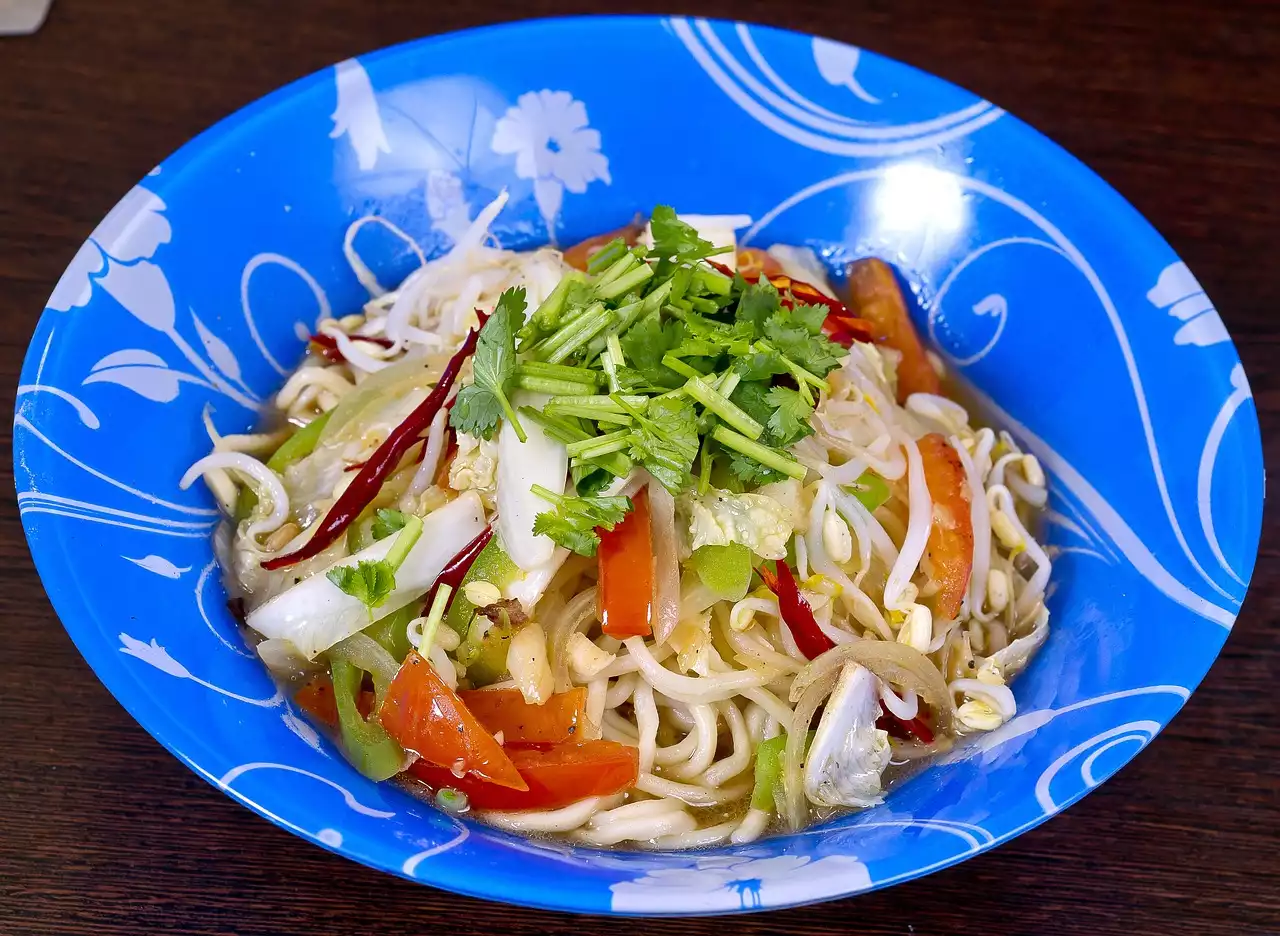Korean cuisine has taken the world by storm in recent years, with its unique blend of flavors and traditional cooking techniques. From spicy kimchi to savory bulgogi, Korean dishes have become a popular choice for foodies around the globe. But what makes Korean cuisine so special, and how has it risen to become a global food phenomenon? In this article, we'll explore the distinctive features of Korean cuisine, the traditional cooking techniques that make it unique, and its influence on the global food scene.
The flavors of Korean cuisine
At the heart of Korean cuisine is a unique blend of flavors that sets it apart from other Asian cuisines. Key ingredients such as gochujang (a spicy, fermented chili paste), doenjang (a savory bean paste), and kimchi (a spicy, fermented vegetable dish) are used to create the signature taste of Korean cuisine. These flavors are often balanced with other ingredients such as soy sauce, garlic, and sesame oil, creating a complex and satisfying taste that is both spicy and savory.
One of the most popular Korean dishes, bulgogi, is a prime example of this flavor profile. The marinated beef is seasoned with soy sauce, garlic, and sesame oil, and often served with a side of kimchi. The result is a dish that is both sweet and savory, with a subtle hint of spice.
Korean cuisine also features a variety of stews, soups, and noodle dishes, each with its own unique blend of flavors. From the spicy seafood stew known as haemul sundubu jjigae to the savory noodle dish called japchae, Korean cuisine has something for every taste preference.
Traditional Korean cooking techniques
In addition to its unique flavor profile, Korean cuisine is also known for its traditional cooking techniques. One of the most important techniques is jangdok, which involves the use of fermented pastes such as gochujang and doenjang to add depth and complexity to dishes.
Another important technique is jangajji, which involves pickling vegetables in a vinegar and soy sauce mixture. This technique is often used to create the tangy and savory flavors of Korean banchan, or side dishes.
Jeotgal is another traditional Korean cooking technique that involves the fermentation of seafood or vegetables in a salty brine. This technique is used to create the pungent and spicy flavors of dishes such as kimchi and saeu-jeot (fermented shrimp).
By using these traditional techniques, Korean cuisine is able to create dishes with deep, rich flavors and unique textures that are not found in other cuisines.
Regional variations in Korean cuisine
While Korean cuisine has a distinctive flavor profile and traditional cooking techniques, it also has a wide variety of regional cuisines that offer their own unique spin on Korean dishes. For example, Jeolla cuisine, which comes from the southwestern region of Korea, is known for its use of hot peppers and vinegar to create bold and spicy flavors.
On the other hand, Gyeongsang cuisine, which comes from the southeastern region of Korea, is known for its focus on fresh seafood and light, delicate flavors. Jeju cuisine, which comes from the island of Jeju, is known for its use of locally grown ingredients such as pork and seafood, and for its use of unique flavors such as the citrusy flavor of the local Hallabong fruit.
These regional cuisines showcase the diversity and depth of Korean cuisine, and provide foodies with a wide variety of dishes to try and enjoy.
The influence of Korean cuisine on the global food scene
In recent years, Korean cuisine has become a global food phenomenon, with Korean dishes and flavors popping up on menus around the world. Korean restaurants and food trucks have also become more common, introducing diners to the unique flavors and dishes of Korean cuisine.
Korean cuisine has also influenced other cuisines around the world, as chefs experiment with fusion dishes that combine Korean flavors with other cuisines. For example, Korean-style fried chicken has become a popular dish in many countries, offering a unique take on a classic comfort food.
Korean cuisine has also been adapted to suit different tastes and preferences in different countries. In the United States, for example, Korean BBQ restaurants often offer a more Americanized version of Korean cuisine, with dishes like Korean-style tacos and burgers that incorporate Korean flavors.
Overall, the rise of Korean cuisine is a testament to the unique blend of flavors and traditional cooking techniques that make it so special. As Korean cuisine continues to gain popularity around the world, foodies everywhere can enjoy the bold, spicy, and satisfying flavors that make Korean cuisine a global food phenomenon.









